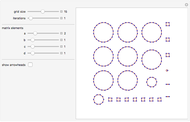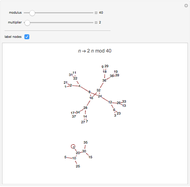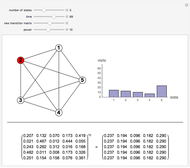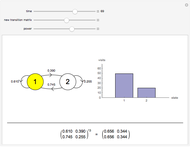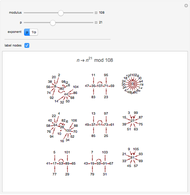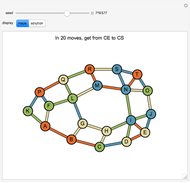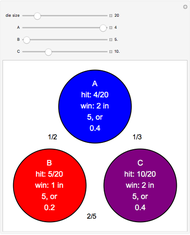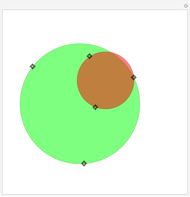Transition Matrices of Markov Chains
Initializing live version

Requires a Wolfram Notebook System
Interact on desktop, mobile and cloud with the free Wolfram Player or other Wolfram Language products.
Suppose that if it is sunny today, there is a 60% chance it will be sunny tomorrow and that if it is not sunny today, there is a 20% chance it will be sunny tomorrow. Use the four transition probabilities sunny sunny, sunny
sunny, sunny not sunny, not sunny
not sunny, not sunny sunny, and not sunny
sunny, and not sunny not sunny to form the transition matrix
not sunny to form the transition matrix  .
.
Contributed by: Ed Pegg Jr (March 2011)
Open content licensed under CC BY-NC-SA
Snapshots
Details
Permanent Citation







